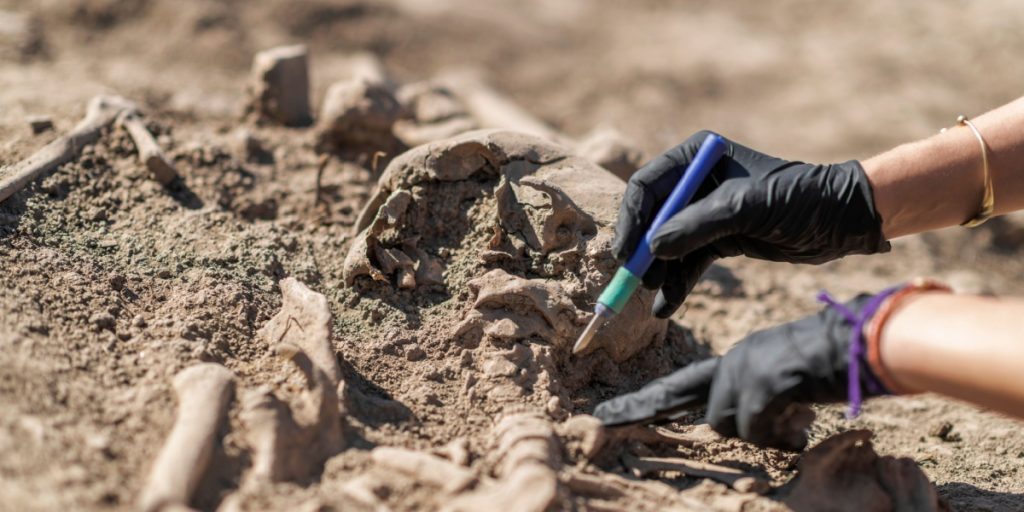A team of paleontologists has unearthed a brand new species of dinosaur.
Others are reading now
A team of paleontologists in South America has uncovered a brand-new species of megaraptor dinosaur.
A Unique Predator from Patagonia

The newly discovered dinosaur, named Joaquinraptor casali, lived around 66 million years ago, just before the mass extinction of the dinosaurs.
The find represents one of the latest megaraptor species known to have existed.
A Cretaceous Giant
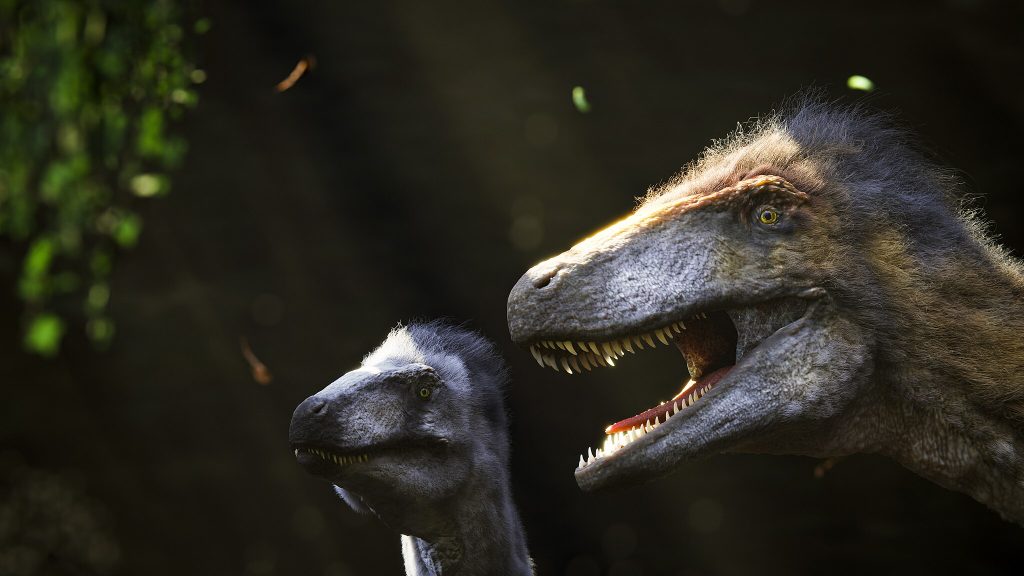
Megaraptors were fearsome predatory dinosaurs that lived during the Cretaceous period, roughly 100 million to 70 million years ago.
These agile hunters could reach up to 10 meters long and were characterized by long, powerful arms tipped with large claws, possibly covered in feathers.
Also read
Fossils have been primarily found in South America, Australia, and parts of Asia.
The Fossil Discovery
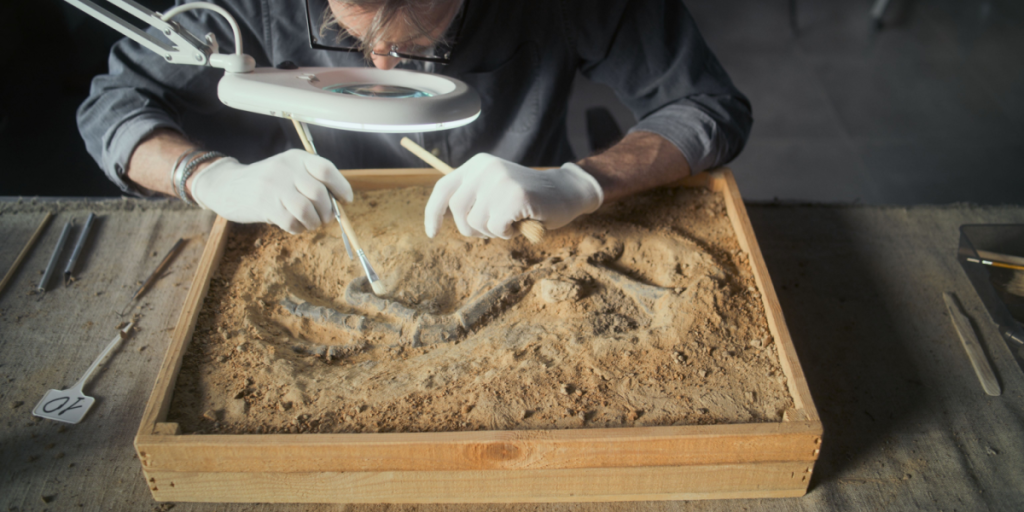
The fossil was uncovered in 2019 in the Lago Colhué Huapi Formation of Patagonia, Argentina.
It is among the most complete megaraptor fossils discovered, including a skull, vertebrae, limbs, and an impressive thumb claw the size of a human arm.
Researchers estimate that the dinosaur was around seven meters long, weighed over one ton, and was approximately 19 years old at the time of death.
A Crocodile Bone Between Its Jaws

The most remarkable aspect of the discovery is the presence of a humerus, or upper arm bone, from an extinct crocodile relative, located directly between Joaquinraptor’s jaws.
Also read
“The humerus, or bone, of an extinct crocodile relative was between the jaws of Joaquinraptor and in direct contact with the teeth,” said lead researcher Lucio Ibiricu in an interview with NewScientist.
Feeding on Crocodiles
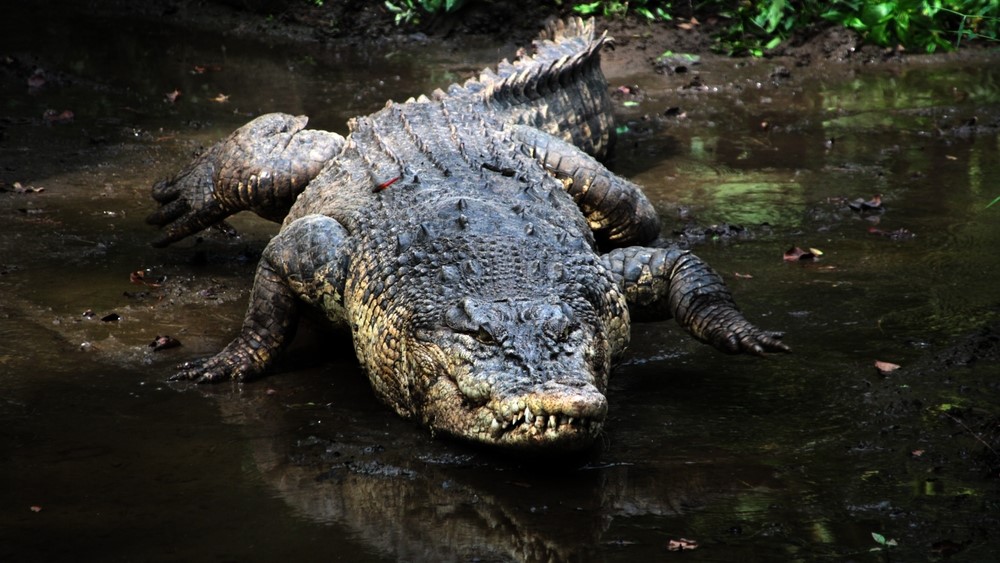
The bone exhibits clear tooth marks, suggesting that Joaquinraptor was either feeding on the crocodile or fighting it when it died.
Researchers are currently analyzing the crocodile bone to determine its full size and learn more about this predator-prey interaction.
Insights Into Megaraptor Evolution
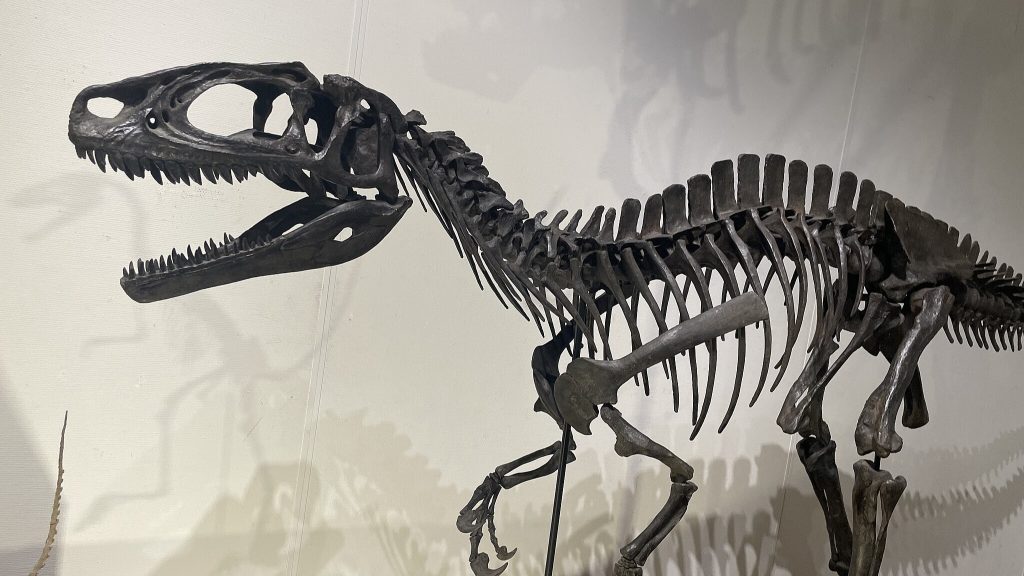
Joaquinraptor provides new insight into megaraptors and their role as top predators in South America.
Its discovery sheds light on the ecological dynamics just before the Cretaceous-Paleogene extinction event.
Also read
Ibiricu named the species after his son, Joaquin.
Implications for Paleontology
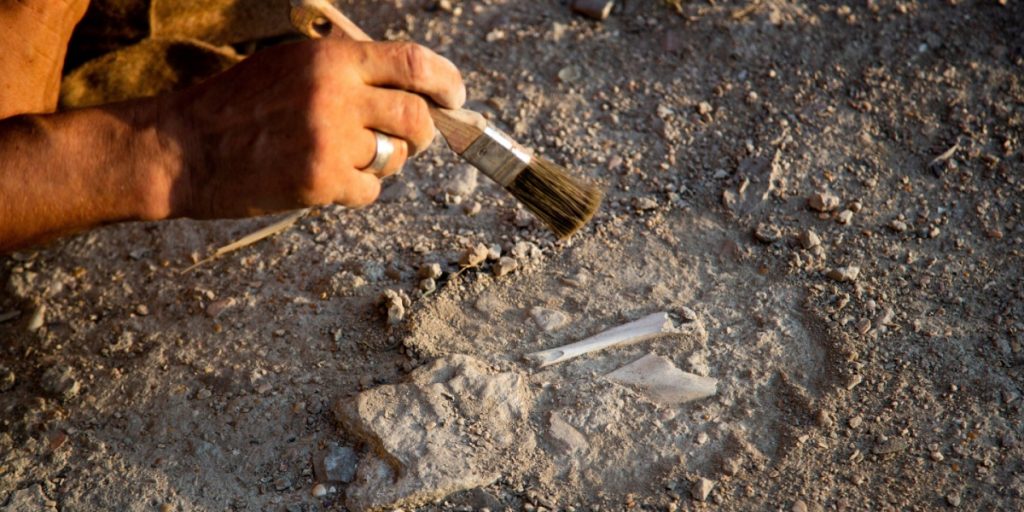
The fossil shows that megaraptors were not only powerful hunters but also likely opportunistic predators capable of taking on formidable prey like crocodile relatives.
This discovery emphasizes the complexity of ancient South American ecosystems and the diversity of predator-prey interactions during the late Cretaceous.
Publication
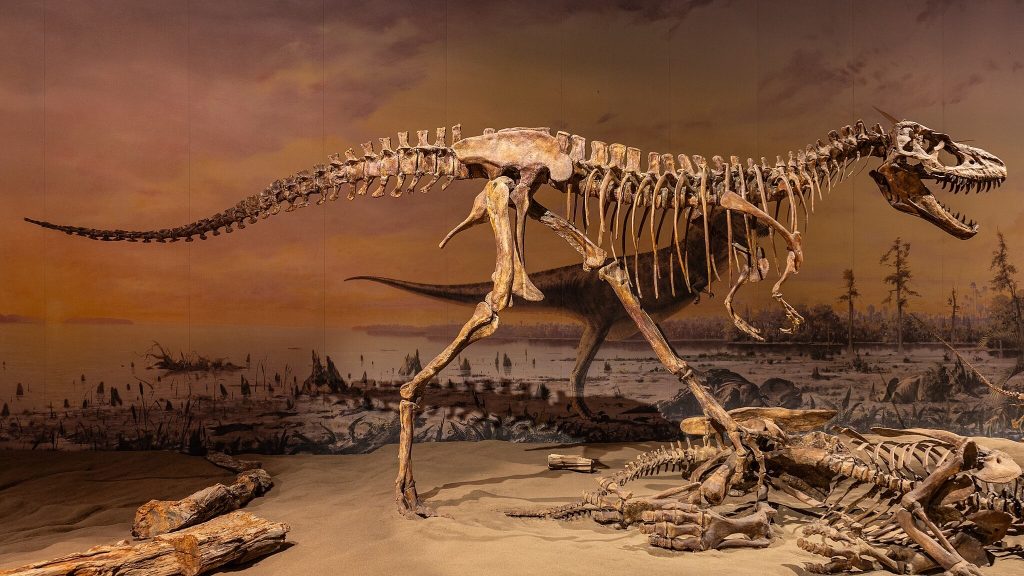
The discovery of Joaquinraptor casali has been published in the journal Nature Communications.

